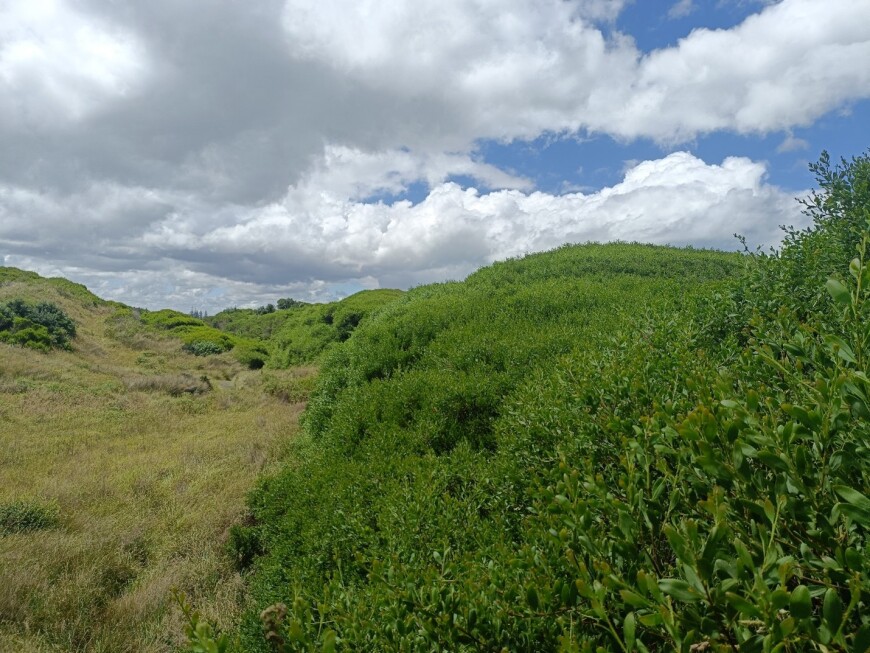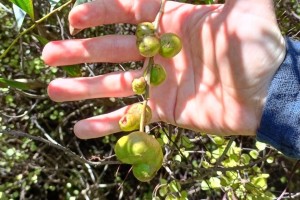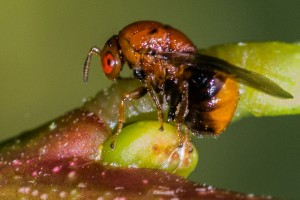Sydney golden wattle
Project overview
Sydney golden wattle, originating from south-eastern Australia, was introduced to New Zealand to stabilize dunes but also as an ornamental and became naturalised in the late 1890s. Each tree can grow up to 8m and produces a vast number of seeds that can remain viable for up to 20 years. A recent study in Portugal where this plant is equally invasive indicated that the majority of the seeds fell under the trees, reaching approximately 12000 seeds per m2. In its introduced range, Sydney golden wattle establishes and spreads rapidly, invading disturbed and coastal areas. In New Zealand, it poses a threat to our delicate dune and wetland ecosystems by forming dense stands and outcompeting native flora. It is also becoming problematic in young pine plantations and swamps like the Kaimaumau swamps in Northland.
To help control Sydney golden wattle populations in New Zealand, a bud-galling wasp, Trichilogaster acaciaelongifoliae was approved for release by the Environmental Protection Authority in November 2022 and the first release was completed that same year. Female wasps of T. acaciaelongifoliae lay eggs in the flower and vegetative buds of Sydney golden wattle, leading to the formation of large galls in place of flowers and new shoots. A subspecies of A. longifolia (Acacia longifolia subsp. sophorae) called coastal wattle is also found in coastal areas and is expected to host the development of this highly host-specific biocontrol agent.
A biocontrol programme in South Africa initiated in the early 1980s was highly successful. This mitigated the economic and environmental impacts of the weed to such an extent that it is no longer a priority for control there.
In New Zealand, we are already seeing promising early signs that the wasp has established at the first release sites in Manawatū-Whanganui. Future monitoring efforts will be spent on studying the spread and impact of the wasp.
Key contact



